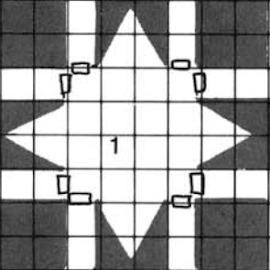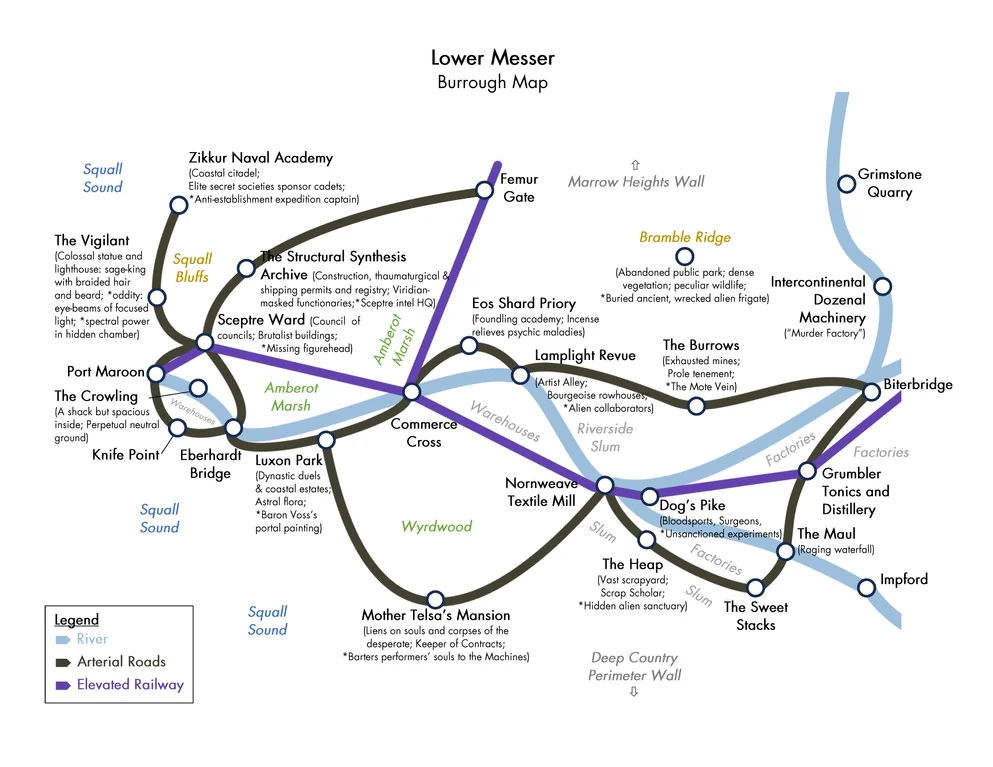One, Two, or Three Exits

Image source: The Temple of Elemental Evil (1985)
A room with one exit is a dead-end; with two exits: a waypoint; with three exits: an interesting choice. Four or more exits is fatiguing.
This is uncomfortable for both the Referee and Players. For the Referee, they have to communicate too much information at once. For the Players, they have to comprehend too much information at once, and the pacing is ruined as the Referee describes 7 different doors (excluding the one you entered through, presumably).The excess will also surely mean the Players will ask for clarification now or later.
People can hold 1-3 pieces of information in their mind at once. This is true for NPCs. It is true for quest hooks. And it is true for dungeon rooms. When placing exits, do so deliberately to manage cognitive load and create pacing.
A room with one exit is a dead-end. This is...
- A cognitive break, as the Players have reached a terminus.
- A tactical nightmare (no escape) or a fortifiable position (no sneak attacks)
- An invitation to search for secret doors ("really? there are no exits in this room?")
A room with two exits is a waypoint. This is...
- A passage or hallway. Adding interactive elements to a route complicates the keying process as it requires you to number or letter a hallway, in addition to the rooms. To avoid this, make the hallway "a room" and as interactive as you please.
- A pitstop, as the Players move forward with purpose.
- A non-choice, which provides the Players with a mental break ("only one way to go from here").
A room with three exits is an interesting choice. This is...
- Only true if the Players can learn something meaningful about the two paths before them. Choosing between a wooden door and a wooden door, or even a wooden door and an iron door means nothing.
A room with four exits is a hub. This is...
- A crossroads to which you will likely return.
- A place to sit, smoke a pipe, and consider a while.
- Difficult to hold in mind all at once.
All of this applies not only to rooms, but also points in the wilderness or sites in a settlement—anywhere that is composed of nodes and lines.

Therefore:
Create rooms (or sites, or nodes) that have one, two, or three exits. If you must, make a hub with four exits— but no more. This improves pacing and manages cognitive load for all.
Favor 🌱 Simple Rooms, but give them 🌱 Dynamic Terrain. Pair with 🌱 Clues of the Road Ahead to make route choice meaningful, not arbitrary. If your design would benefit from four or more exits, you may want to GIVE THEM THE MAP.